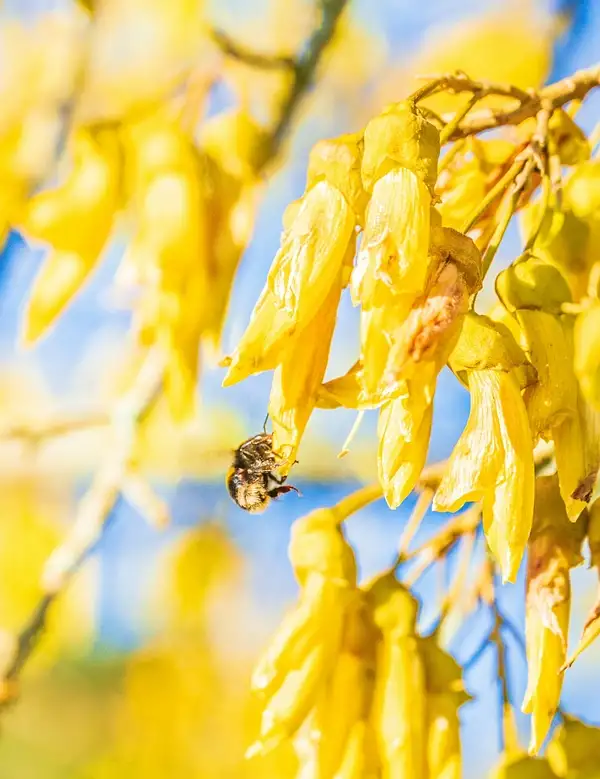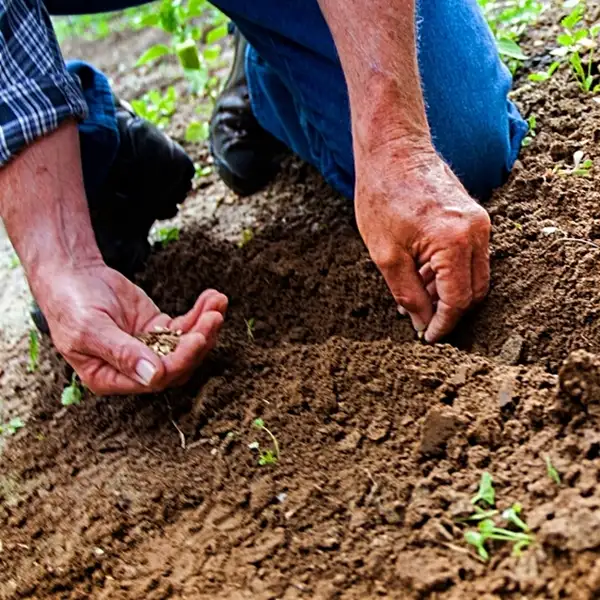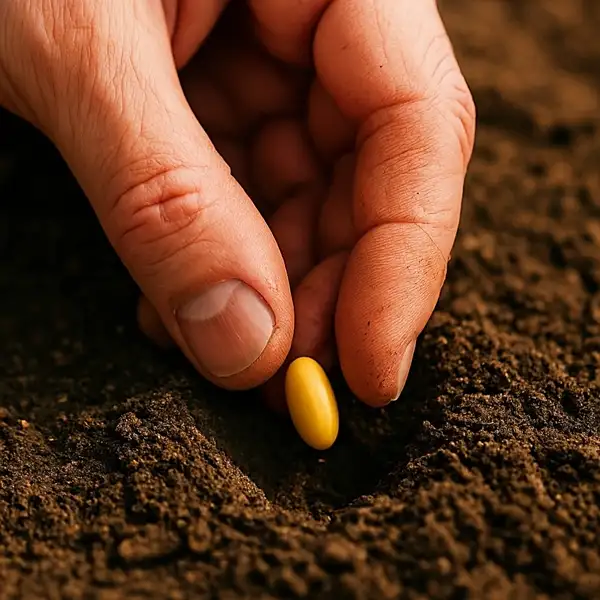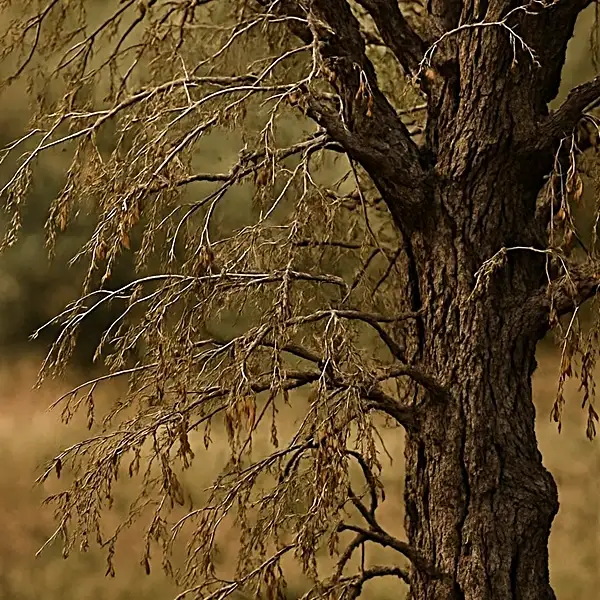Key Takeaways
| 🌟 What You’ll Discover | 💡 Why It Matters |
|---|---|
| The deeper meaning behind Kowhai’s golden blooms | Connect with the cultural and natural roots of this beloved native tree |
| The seed-to-tree journey, simplified | Follow an easy, inspiring roadmap from tiny seed to stunning bloom |
| How to spark stubborn seeds into life | Unlock hidden tricks to boost your success rate |
| Secrets to ideal growing conditions | Learn what your Kowhai really needs to thrive |
| Tips for growing in pots, indoors or gardens | Adaptable advice no matter where you’re planting |
| How to care for Kowhai long-term | Keep your tree healthy, flowering, and pest-free for years |
| Guidance that welcomes beginners | How to grow kowhai from seed? Every step explained in friendly, supportive language |
Kowhai: New Zealand’s Native Beauty
A native of New Zealand, kowhai tree (Kōwhai) is an embodiment of natural beauty & cultural symbolism. Word ‘kowhai’ in Maori translates to yellow – a direct reference to vibrant yellow flowers that this tree produces during spring.

In Māori/Maori tradition, flowering kowhai is associated with wisdom & knowledge.
Beyond its cultural significance, this elegant deciduous tree also plays a crucial role in attracting native birds like tui & bellbirds whose favourites are its sweet nectar.
8 Sophora Species Native to New Zealand
Kowhai trees belong to the Sophora family, which boasts eight species indigenous to New Zealand’s temperate climate zones. These trees typically vary in height from 2-25 metres depending on their species which include:
| Species | Common Name | Typical Height (m) | Notes |
|---|---|---|---|
| Sophora microphylla |
|
|
|
| Sophora tetraptera |
|
|
|
| Sophora prostrata |
|
|
|
| Sophora godleyi |
|
|
|
| Sophora chathamica |
|
|
|
| Sophora fulvida |
|
|
|
| Sophora longicarinata |
|
|
|
| Sophora molloyi |
|
|
|
Note: Heights can vary based on growing conditions & environmental factors
Whether planted alone or within groups for a stunning visual display when they bloom en masse, these drought-tolerant, semi-evergreen trees are a flexible & lovely choice for any garden
How Kowhai Tree Changes with Seasons
- Trunk bark of a mature Kowhai tree has unique characteristics, with small bumps known as lenticels that help provide oxygen for respiration while allowing trapped gases to escape. This gives bark an appealing & textured look – especially visible in winter due to tree’s deciduous nature.
- As leaves fall off, naked branches showcase these fascinating features until fresh new twigs emerge, heralding onset of spring.
- Soon after, tree bursts into vibrantly bright & bold-coloured flower clusters, showing that new life is starting just as weather gets warmer.
Kowhai trees are great for public parks and home gardens, creating a captivating visual spectacle that draws admirers from near & far.
Their breathtaking displays serve as a year-round reminder of importance of conserving & preserving our precious native flora & fauna – a cherished part of our heritage & legacy for future generations to inherit & treasure forevermore.
Lifecycle of Kowhai: Seed to Tree

The life cycle of kowhai tree is a remarkable study of resilience & transformation.
4 Stages of a Kowhai Tree
| Stage | Description |
|---|---|
| Seed Formation |
|
| Scarification |
|
| Sprouting & Growth |
|
| Flowering & Attraction |
|
In this way, kowhai becomes an essential part of forest ecosystem—harmoniously coexisting with other life & showcasing nature’s incredible capacity for renewal & rejuvenation.
4 Steps: Obtaining and Preparing Kowhai Seeds for Planting
| Step | Details |
|---|---|
| Harvesting Seeds |
|
| Scarification |
|
| Soaking Seeds |
|
| Planting Seeds |
|
1 Bonus Tip
Placing seed flat-side down can help with more stable sprouting.
11 Ideal Conditions for Germinating & Growing Kowhai
Kowhai trees are particularly known for their ability to withstand varying climatic conditions. However, if you want them to enjoy best growth, there are specific considerations to take into account. These include –
| Condition | Optimal Requirement |
|---|---|
| Temperature 🌡️ |
|
| Humidity 💧 |
|
| Soil 🌱 |
|
| Watering 💦 |
|
| Light 🌞 |
|
| Protection 🌧️ |
|
| Depth of Planting 🌾 |
|
| Support 🪵 |
|
| Fertilizer 🌿 |
|
| Pest & Disease Management 🐛 |
|
| Root Development 🌳 |
|
7 Expert Tips for Long-Term Care & Maintenance of Your Kowhai Tree
Looking after your kowhai tree on a long-term basis demands patient dedication, sound knowledge about its specific needs along with prompt action whenever challenges arise throughout seasonal changes year after year.
Once your young kowhai has firmly established roots & stands tall with confidence, it still requires gentle nurturing & ongoing attention to truly thrive in long run.
| Care Aspect | Recommendations |
|---|---|
| Watering |
|
| Pruning |
|
| Fertilizing |
|
| Pest Control |
|
| Frost Protection |
|
| General Maintenance |
|
| Long-Term Success |
|
Frequently Asked Questions
Where is best place to plant a kōwhai tree?
Plant your kōwhai in a sunny, sheltered spot with rich & well-drained soil. Choose a location that allows deep rooting & protects young saplings from strong winds.
How long does it take from a kowhai seed to seedling?
It usually takes 1–3 weeks after scarifying & soaking for kowhai seeds to sprout into seedlings.
How to grow kowhai from seed in pots?
After soaking, sow scarified seeds 25mm deep in quality potting mix. Water moderately, keep in partial shade & monitor for sprouting.
How to grow kowhai from seed in water?
Soak scarified seeds in warm water for 24 to 48 hours, changing water daily. Once seeds swell or show roots, move them into soil.
How to grow kowhai from seed indoors?
Sow prepared seeds in small containers with moist potting mix. Place in a warm, bright area & maintain gentle moisture until germination.







Awsome info and right to the point. I don’t know if this is actually the best place to ask but do you guys have any thoughts on where to get some professional writers? Thanks 🙂
Thanks a lot. No idea. I write my own articles for my readers. My best wishes for your successful journey.